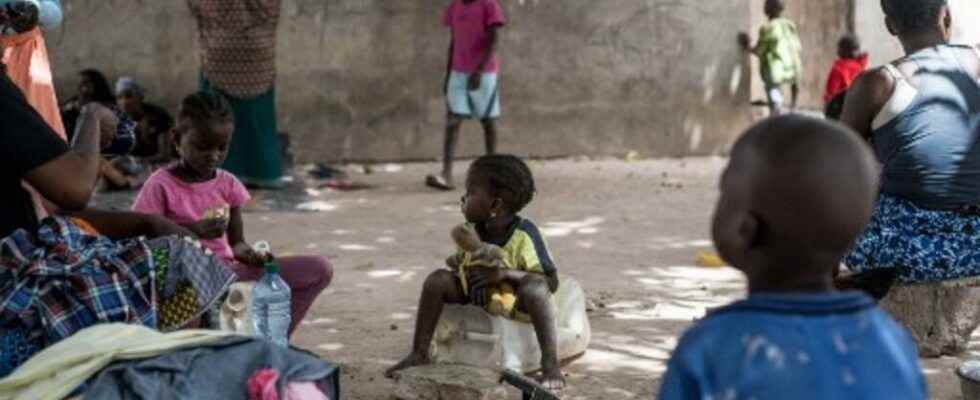In Senegal, on March 12, the Senegalese army launched a special operation against the Movement of Democratic Forces of Casamance (MFDC) led by Salif Sadio, in the north of this region of Senegal. More than 6,000 people had fled communities around the border into the interior of The Gambia. A month and a half later, calm has returned to the Gambian side of the border, but only a few residents have returned to their village.
With our correspondent in Banjul, Milan Berckmans
Aboard a well-packed convoy, Captain Malick Sanyang of the Gambian Army receives a radio message…” Those burnt trees you see, I’ve just been told that’s where most of the shells landed. »
Once out of the bus, Lieutenant Omar Bojang shows the traces of the clashes between the Senegalese army and the MFDC: “ This is one of the craters created by artillery fire and it is part of The Gambia. »
But if some areas are still classified as code red by the army, some residents have already decided to return.
This is the case of Mariatou Badjie. This 42-year-old mother sits outside her house in Karinorr. She explains the reasons for her return: “ You can live with someone else but it will never be your home. And then we wanted to go back too because the army assured us it was safe. They even took care of our cattle in our absence. »
A few kilometers away, Modou Gibba, 18, has never left his village of Djifanga. Even if everything is quieter today, he admits to not being completely calm: ” Everything seems normal here, but we don’t really know because we’re not going to this area. In fact, we are there but we are not completely comfortable. »
Read also: The Gambia faces an influx of displaced people from Casamance due to the Senegalese military operation
Despite a return to calm for a good week, the latest figures from the national crisis management agency show that the return is not so simple. Indeed, only 144 of the 5,626 displaced have returned to their villages at present.
